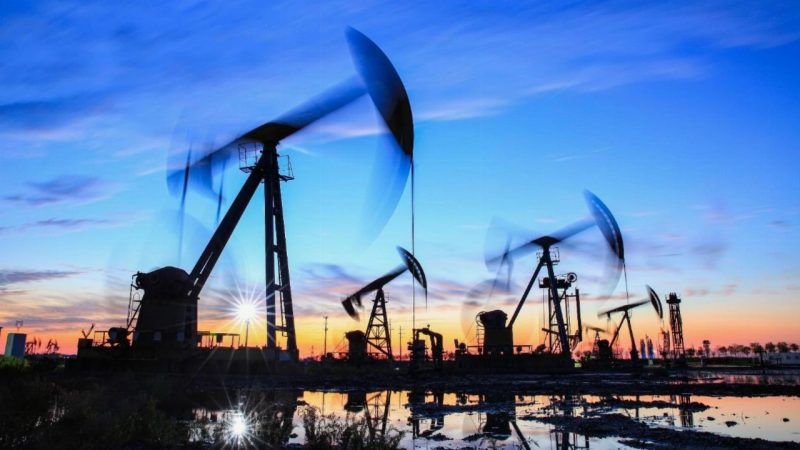The energy market is expected to experience another year of sluggish growth and rising prices in 2023, according to the Economist Intelligence Unit (EIU).
However, governments around the world are set to implement a range of measures to curb the worst of the growing energy crisis.
In its 2023 energy outlook report, the research group predicted that global energy consumption would grow by only 1.3 per cent in the upcoming year.
While this is marginally above the EIU’s 2022 estimate of just 0.9 per cent growth, demand remains subdued as European Union sanctions on oil and gas exports from Russia come into full force by the New Year, forcing the demand elsewhere to increase and subsequently pushing prices higher.
Yet, to understand the future, we must look back to the start of the crisis in 2021.
Russia, the world’s largest exporter of fossil fuels, had already begun withholding gas supplies to Europe months ahead of its invasion of Ukraine.
The invasion exacerbated the tight supply.
As Europe, which consumes a quarter of its energy yearly from Russia, seeks to replace Russian gas, it bid up prices of US, Australian and Qatari ship-borne liquefied natural gas (LNG).
This, in turn, causes problems domestically. Let’s look at Australia.
In July, the ACCC released a report looking at Australia’s gas supply and predicted that the country would face a shortage of approximately 56 petajoules (PJ) of gas in 2023.
In the report, it found that the big gas exporters were prioritising European and Asian markets over the domestic market. In 2023, the ACCC forecasted 1299 PJ of gas would be exported under long-term contracts with overseas buyers.
“Increasingly, LNG exporters have diverted most of their excess gas to overseas spot markets, with as much as 70 per cent of the excess volume going overseas in recent years,” ACCC Chairman Gina Cass-Gottlieb said.
According to Economic Legislation Committee, wholesale electricity prices in 2022 have nearly trebled compared to last year, and East Coast wholesale gas prices remain more than double their average prior to the invasion of Ukraine.
The ‘export parity netback’ price for domestic contract pricing is around $10 per gigajoule.
However, overseas contract pricing, which was on par with domestic pricing, has now jumped to $40 since the invasion. It has reached a level that domestic gas users are not willing to pay.
To cushion the blow, governments have begun to step in through direct assistance or by limiting consumer prices and then paying energy providers the difference.
In Australia, the government announced four key measures to address the impacts of price increases due to global energy pressures on families, small businesses and manufacturers.
This includes a promising 12-month emergency gas price cap, to be set at $12 per gigajoule on new wholesale gas sales by east coast producers.
Further, Prime Minister Anthony Albanese reinforced the commitment made by Energy Ministers to implement the Capacity Investment Scheme. This will unlock around $10 billion of private and public sector investment in clean, dispatchable storage and generation.
Ultimately, this scheme is designed to ensure a reliable and affordable electricity supply and reduce Australia’s exposure to high coal and gas prices over the medium and long term.
Of course, Australia isn’t the only country working to promote energy security. For example, both the EU RePowerEU and the United States Inflation Reduction Act contain major initiatives to develop energy efficiency and promote renewable energies.
Essentially, 2023 will not be an easy year for the global energy market, with increasing volatility showing no signs of stabilising.
However, not all is gloomy as governments and consumers alike look elsewhere to help tame the rollercoaster ride.

